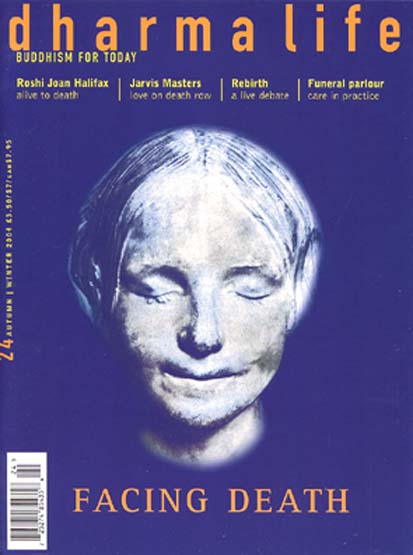Mantra for all seasons
Spring, Summer, Autumn, Winter ... and Spring, a new film by South Korean director Kim Ki-duk, is an elegant addition to the small genre of Buddhist cinema. The film is entirely set around a remote mountain lake on which floats a Buddhist temple inhabited by an old monk and his young protégé. When the boy reaches 17 a beautiful but sick girl arrives in search of a cure. 'When she finds peace in her soul', the old monk reassures her mother, 'she will return to health'. Naturally enough the two are attracted ...
The beautiful, secluded world of the film evokes those Chinese watercolours in which solitary monks wander through cloud-capped mountains, and the mesmeric soundtrack con-tributes to a sense that this is more allegory than drama. The old monk warns his disciple when he is about to leave with the girl that 'desire leads to murder'. Sure enough, 13 years later he returns aged 30 ... and on the run. In due course the novice returns from prison to resume his monastic life and eventually, finding a young disciple, the cycle starts over.
For film-makers in East Asian countries the Buddhist monastic life offers an image of a timeless, dream-like world, set apart from real life, where perennial issues - love, attachment, hatred, guilt and the meaning of being human - show up in moral relief. In its ethereal beauty, Spring, Summer, Autumn, Winter ... and Spring is an elegaic reminder of the inescapable connection between actions and consequences.
And yet, by identifying Buddhism with the other-worldly domain of allegory and symbolism, this film could also be seen as a melancholy expression of the estrangement of Korean Buddhism from normal life - where love doesn't necessarily bring murder and things are more complex than the simple cycle of seasons.
Korea Pictures, 2004



